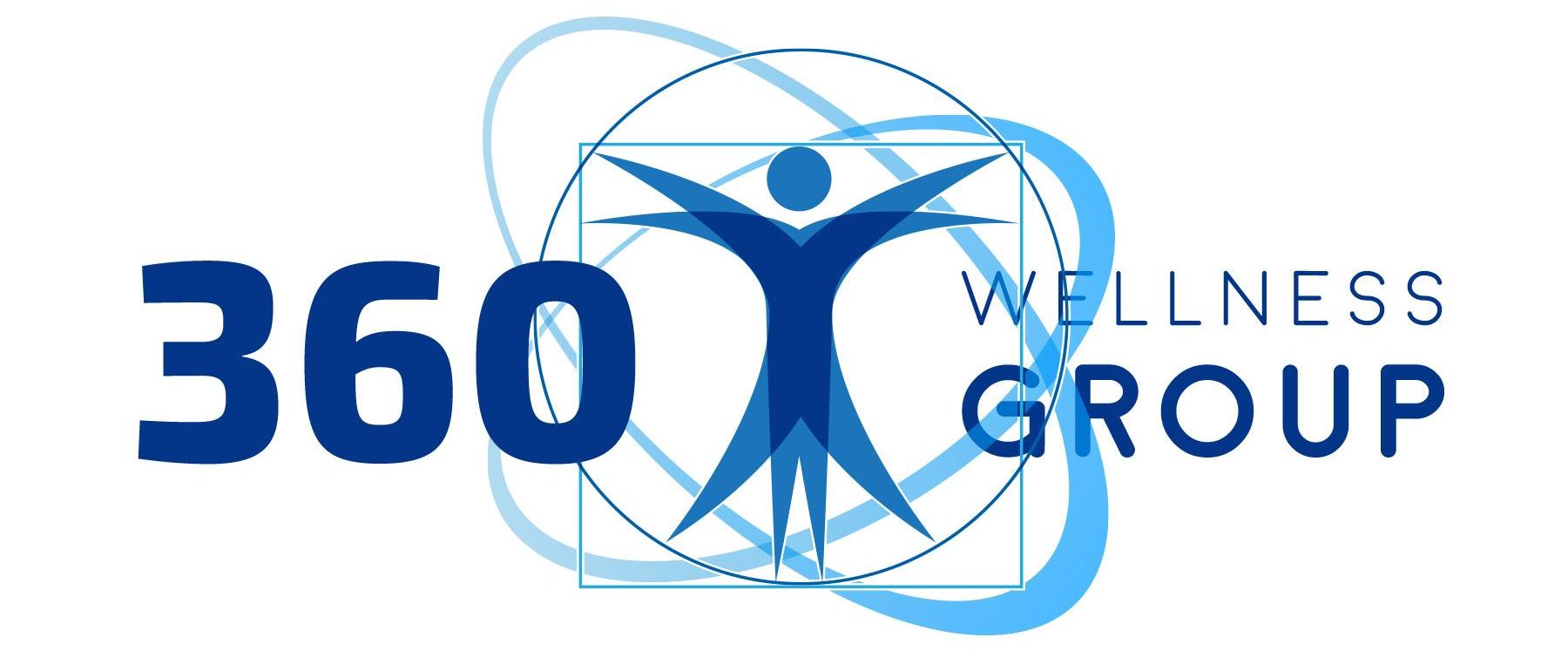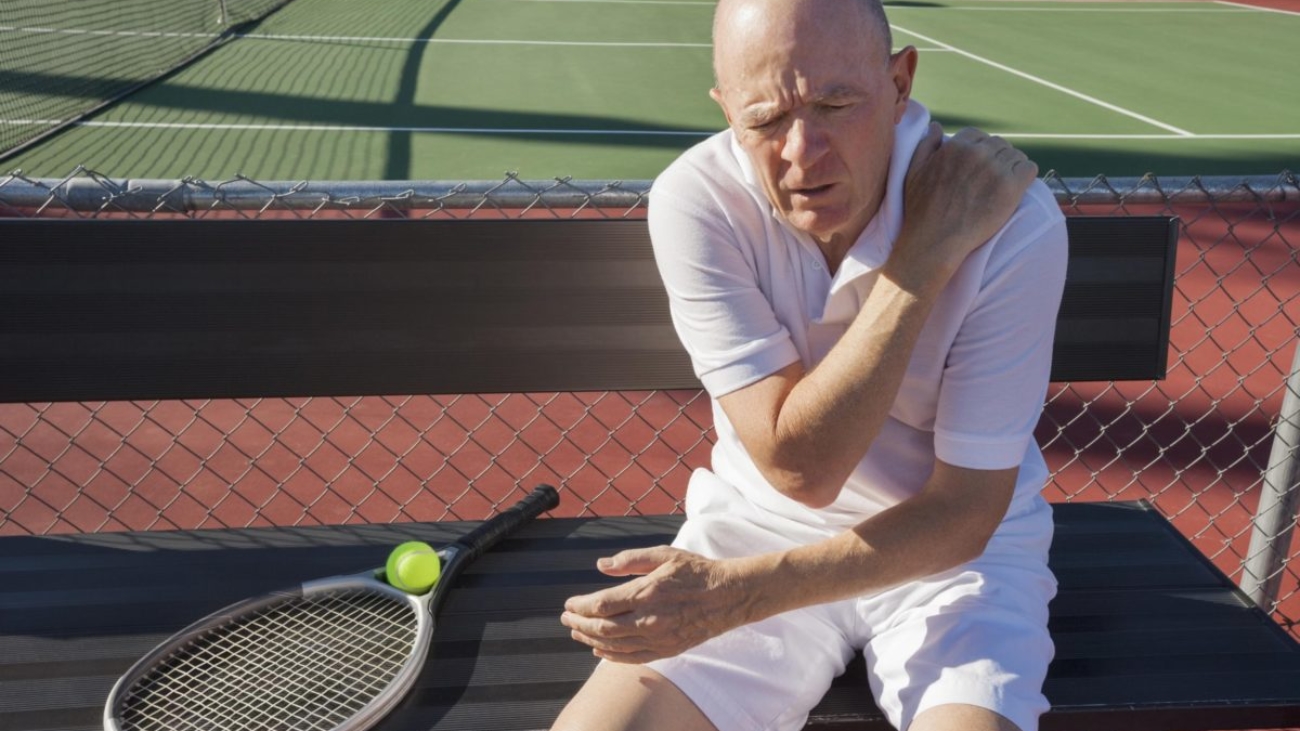Herniated discs can happen to both athletic and non-athletic folk alike. That doesn’t make the back and neck pain or nerve sensations any more pleasant for the former population. Figuring out treatment while also trying to nail down a return-to-activity plan can feel incredibly daunting, especially for athletes. How can you visualize pushing yourself in training again when you’re experiencing so much discomfort at rest?
Whether you’re a weekend warrior, a fitness fanatic, or near-professional status, rushed training or accidents in training can lead to a disc herniation. Though the journey back to full health can be overwhelming, most herniated discs are treated successfully through consistent, conservative care. Let’s take a look at this condition and your treatment options.
How Does A Disc Herniation Occur?
The vertebrae that stack to make up our spine all have small pads between them, called “discs.” They serve as little shock absorbers to help protect our spine during day-to-day and dynamic movement. These discs are made up of a tougher outer cartilage ring and a softer, gel-like center. When a disc herniates, the soft-center portion is pushed through the outer cartilage edge.
This kind of herniation is very common in high-contact sports, like football. It is also common with high-load activities, like complex, heavy weight lifting that requires twisting. However, one of the tricky aspects of this injury is how it presents in various cases. Once a disc has herniated, the displacement can put pressure on the nerves within the spine, causing an array of referral patterns. Though neck and lower back pain is a common symptom, a herniated disc in the lumbar region can also cause tingling in one leg or buttocks and a burning sensation in the neck. A herniated disc that’s located closer to the neck can cause tingling and burning in one arm or shoulder.
Symptoms of weakness or numbness are considered more serious symptoms from a herniated disc and should be looked at by a medical professional immediately.
How Can You Prevent A Herniated Disc?
As with most injuries, taking preventative measures is always the ideal. To help protect your spine against a herniated disc, pay extra close attention to your posture and athletic form especially while performing high-load activities. Many sports injuries in the weight room happen when an athlete is near the end of a workout, becoming fatigued, and gets a bit lazy with their form toward their ending repetitions.
A good rule of thumb: if you’re too tired to execute the exercise with less than perfect form, you’re too tired. Take the cue from your body and focus on rest instead of getting in that last set.
You can also implement exercises that strengthen and stabilize the trunk muscles. This is especially important for athletes who play contact sports like football, basketball and soccer. By strengthening these muscles, your body is better prepared to respond protectively when contact does inevitably occur.
How Can You Treat A Herniated Disc?
Surgery is not the immediate answer to treat all herniated discs, and in fact, most cases have positive results from conservative care. For starters, basic rest can work wonders. For active individuals and athletes, this can feel especially difficult! But in the long run, time off now could mean more time back in the game later than if you try to push through pain and discomfort.
Many also experience relief from using ice around the area to help decrease inflammation, as well as the application of some analgesic cream.
Chiropractic Care For Disc Herniation
Chiropractic treatment is another great option within conservative care for a disc herniation. A chiropractor will evaluate the entire spine to better understand where your pain is truly coming from before providing any treatment. Once they have a better understanding of your personal pain pattern and symptoms, they may apply some gentle adjustments that can help to realign the spine for better overall function during the healing process. Depending on your specific case, some additional manual therapy may also be applied to encourage healing. Your chiropractor can also help prescribe the best at-home exercises to quicken your recovery time outside of the office.
By scheduling regular chiropractic care, you can help keep your body’s response system in tip-top shape and minimize inflammation. During the initial evaluation, we will go over your symptom history in detail and construct a treatment plan that you are completely comfortable with before moving forward. Don’t put off your healing; schedule an appointment online or call (626) 469-7478.
This article is for informational purposes only and is not a substitute for in-person advice or care from a medical professional.




